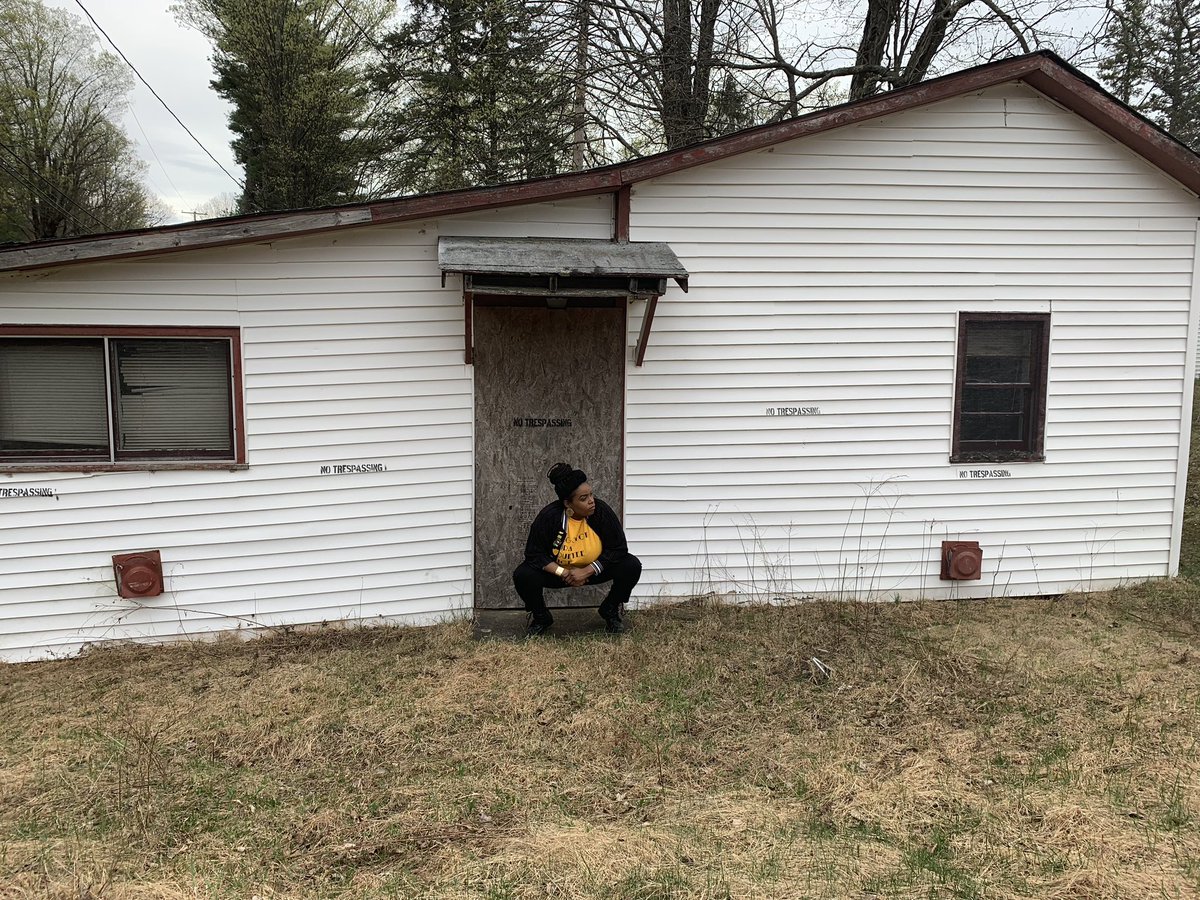As investors, we feel like a traveler preparing to drive across an unknown continent. The road behind us tells us we should drive a race car. If the road continues to be as it has been, our trip will be fast, easy, and uneventful.
1/
2/
3/
4/
5/
6/
7/
8/
9/
10/
11/
12/
13/
14/
15/
16/
17/
/END









